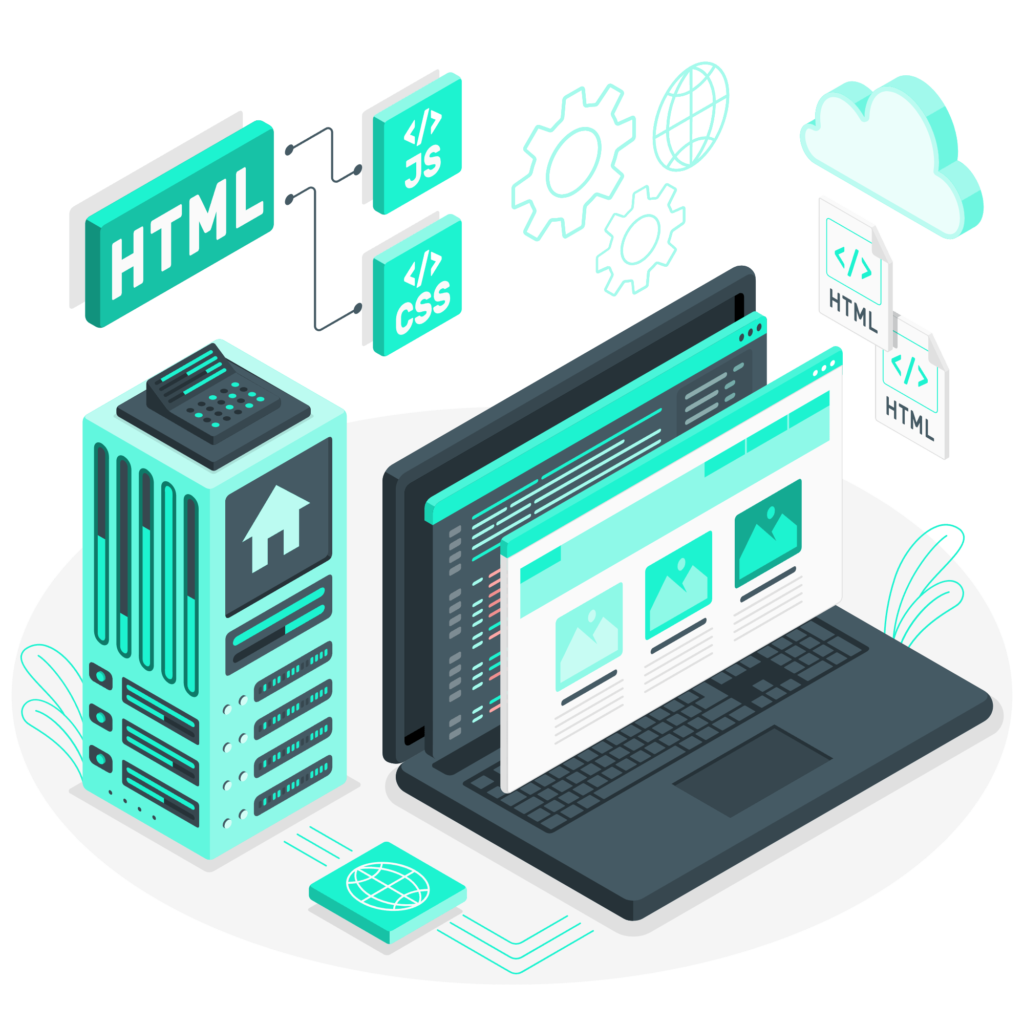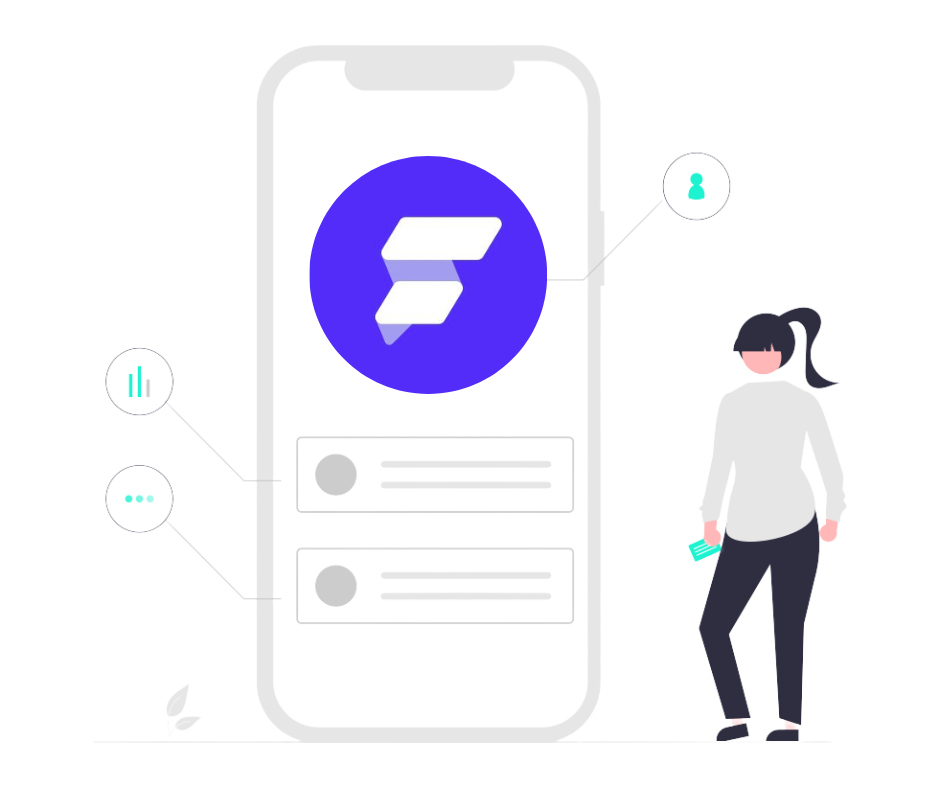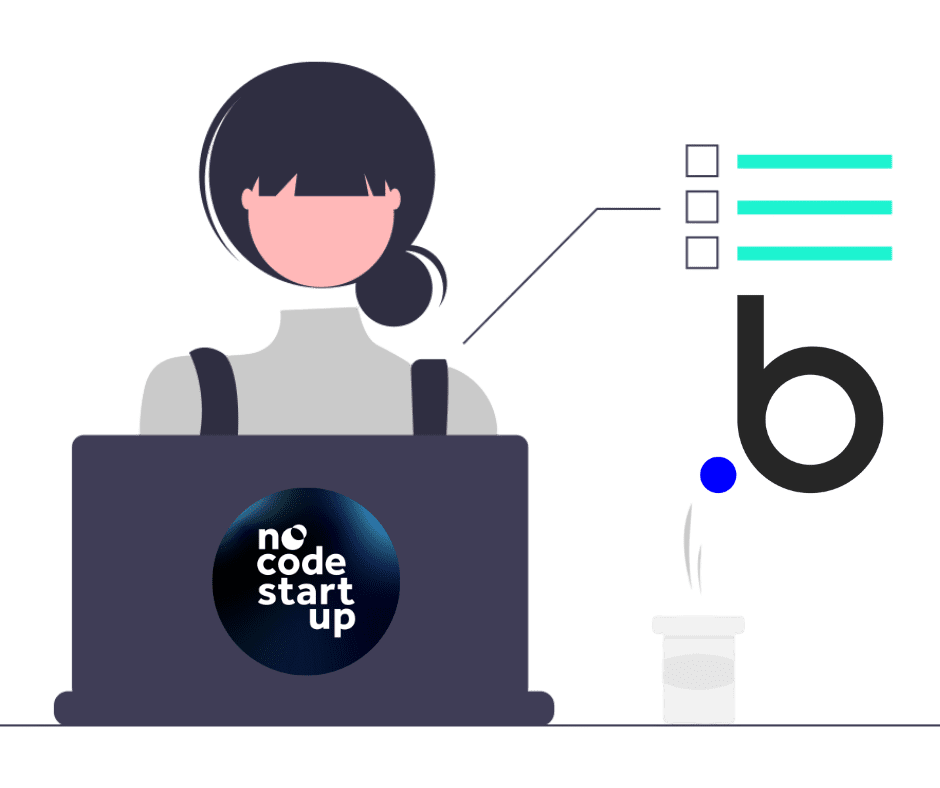Estimated reading time: 10 minutes
In the last ten years, society has faced a major revolution marked by digitalization, connectivity, internet of things and even artificial intelligence. The truth is that today there are technologies so advanced that no sci-fi film from the 1980s was able to predict.
With such digital transformation, the job market found itself obliged to follow these trends and we currently have a technological reality that is widespread in the corporate world.
Virtual clocking in and collaborative cloud spaces are just a few examples of the tools used in home office companies in different niches. It is no longer necessary for an organization to be focused on technology sectors to be technological.
To some extent, all companies use digital solutions, whether to organize its structures or offer services.
Within this context, O job market in Information Technology (IT) becomes increasingly inflated and more professionals are required. After all, have you ever wondered how these companies manage to develop so many technological solutions?
However, there are not many qualified professionals to meet this demand. For this reason, the low-code and no-code platforms emerge to solve this problem once and for all.
These solutions offer affordable and simple programs that allow you to create applications, automate processes, provide reports and dashboards In real time without the need for in-depth knowledge of programming languages.
Are you interested in the subject and want to know how no-code platforms Have they transformed IT jobs? Stay with us in this article, as we will discuss this broad job market and show you what you need to be successful as a no-code programmer.
Table of Contents
- How is the IT job market?
- What is the future of the IT job market?
- Benefits of using no-code for the IT job market
- What are the skills of the no-code developer in the IT job market?
- How to work with no-code in the IT department?
- What is the salary of no-code developer?
- No-Code Start-Up helps you on this journey

How is the IT job market?
IT is the acronym for Information Technology, an area that involves a series of activities related to technology, such as databases, hardware, softwares and networks (home or business), used to handle information. In general, the profession is responsible for helping companies work with their data and optimize their processes.
Some of the main functions of a professional in this area include:
- Technical support;
- Schedule;
- E-commerce development;
- Database administration;
- Security.
The IT sector is present in most companies and is essential for maintaining their operational processes. It is an area in constant growth, even with global crises in the job market.
There are several job possibilities for IT professionals, they can work in:
- Financial sectors;
- Companies specializing in technology (such as start-ups);
- Public and private organizations;
- Banks and insurance companies;
- Telephone operators;
- Industries.
- Hospitals and clinics.
There is a great demand for qualified professionals in different sectors, however There are not enough people to fill these positions. According to a survey carried out by BrazilLAB and Fundação Brava, in partnership with the Center for Public Impact (CPI), the deficit of professionals in the area is expected to continue growing and could reach the number of more than 300 thousand people by the year 2024 .
It is no surprise that the IT profession was one of the highest paid in the second quarter of 2023, according to the Brazilian Institute of Economics of Fundação Getúlio Vargas.
What is the future of the IT job market?
We've already talked about what the IT job market is like today, but what are the main trends for the future of programming? Keep reading to find out!
In the business context, the revolution in new technologies has created a new type of consumer: more demanding. Therefore, a culture of speed began that accompanies this increase in demand and the need for more agile and efficient processes.
Information is the most precious data in this new form of society, it is almost infinite and an efficient organization in this case is essential. Regarding data processing, global consultancy Gartner identified several rising technological trends, see some of them:
- Data mesh;
- Cyber security mesh;
- Cloud-native platforms.
Although this is almost common sense in the IT area, few professionals have enough experience to implement these tools. This is when no-code technology stands out, as it allows people without technical programming knowledge to build and implement new solutions effectively.
Benefits of using no-code for the IT job market
no-code technology is based on a basic premise: ensure the production of technologies in an accessible and simple way. In it, softwares are created through an interface with models that bring together several actions.
These platforms are widely used by micro and small entrepreneurs, but are becoming increasingly widespread among large companies such as:
- Spotify;
- Amazon;
- Google;
- Goal.
Do you want to know the main benefits of no-code and why these tech giants are implementing it? Continue reading.

Reduction of steps and time worked
With the no-code, systems and tasks can be automated by applications created from templates ready. This way, professionals in the IT sector are free to focus on activities that require their specific skills. This adds great autonomy to the company's teams and helps the overall efficiency of the business.
Best value for money
Companies can save a lot when they don't have to hire highly specialized developers or purchase third-party applications. The no-code development allows internal teams create and update technological solutions quickly and efficiently.
Furthermore, systems simplification and data integration facilitate the management and ongoing maintenance of applications, which reduces the time and resources needed to ensure operations.
High efficiency
Another benefit is the increase in internal productivity, since excessive dependence on the IT department is reduced, as we mentioned previously. This way, employees in each department can meet their own technological needs.
This autonomy eliminates bottlenecks that often arise when IT requests need to be approved and fulfilled. With the ability to develop their own solutions or adjust existing systems, employees can act more independently and direct the progress of their tasks.
What are the skills of the no-code developer in the IT job market?
Now that you understand how no-code can revolutionize the IT market, you may be wondering what it takes to enter this field. We have separated some essential skills for developing no-code in the job market, see:
Recognize needs
What are the user's true needs and how to solve them through no-code programming? A good codeless developer is able to observe a demand – in society, in the company or in the IT market – and create, from a few commands, something that can revolutionize the entire area of technology. It is this professional who comes out ahead.
Enjoy studying
To become a successful no-code developer, you need to enjoy learning. Despite being easier than traditional programming, no-code requires knowledge of new platforms, coding styles, and more. Being self-taught can bring you many competitive advantages, use the internet to your advantage and invest in no-code courses accessible.
Work with little management
Developers work with little supervision, so you need to be very organized and become your own boss. This means that you need to be your own motivator and invest in effective planning of your projects.
It is necessary to know how to work independently and build creative solutions for the business routine before ideas come from leadership.
Knowing how to receive criticism
Receiving constructive criticism is part of every worker's routine and for no-code developers this is no different. In fact, your client or supervisor may have criticisms that lead to building better softwares.
Don't dismiss opinions and learn to listen and interpret the needs of others in order to implement their requests efficiently on apps and websites.
“Sell the fish”
Last but not least, learn how to sell your idea. Not everyone will understand technical terms or the need for a developer on the team. It's your job explain the benefits of your work, what you can do for the company or client.
How to work with no-code in the IT department?
To implement no-code in the IT department, you first need to follow some tips:
Value automated processes
The first step to implementing a no-code developer in the IT department is understand and show the benefits of codeless programming. You can start by showing interest and talking about your ideas with the person responsible for the sector.
Get to know the no-code platform
Discover no-code platforms of different types, see which big techs use and start there. Seek knowledge in free training or courses that fit your budget. One FlutterFlow course could be a good choice.
Keep an eye out as many software vendors offer specific training programs for no-code developers. There are also free videos and tutorials that can help you at the beginning of your journey.
Present ideas no-code
The next step is to share your ideas with colleagues and superiors within the organization. Be sure to show in a practical way how no-code can be applied to improve efficiency, optimize processes and generate value for the company.
What is the salary of no-code developer?
According to the Code Source 2023 survey, the average salary of a low-code developer, which includes no-code, in Brazil is R$ 8,256.66.
In addition to formal remuneration, no-code developers can venture out as freelancers or individual micro-entrepreneurs (MEI). Many move towards the mobile environment and discover how to make money creating apps.
So, do you think it’s worth starting to invest in the area?
No-Code Start-Up helps you on this journey
Now that you know how hot the IT job market is for no-code programmers, how about investing in this sector?
At No-Code Start-Up you will find courses to create incredible applications, startups and e-commerces without using a line of code.
Discover our Bubble training and see how easy it is to be a no-code developer.
Don't miss the opportunity to learn from No-Code Start-Up!






